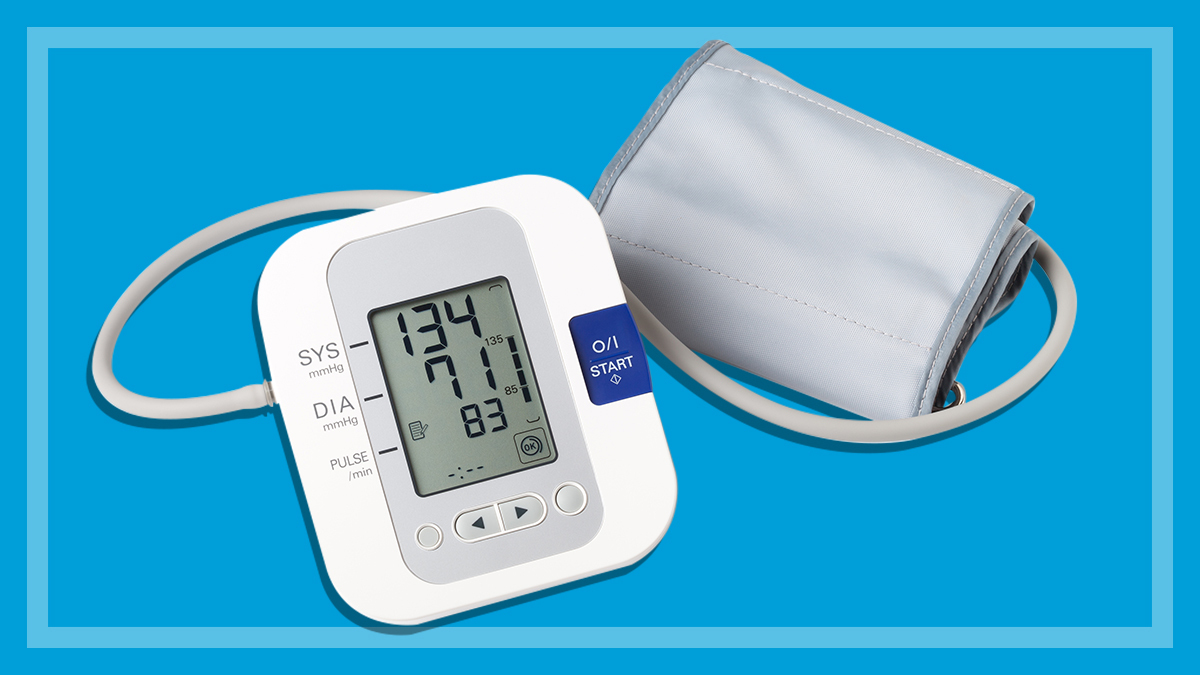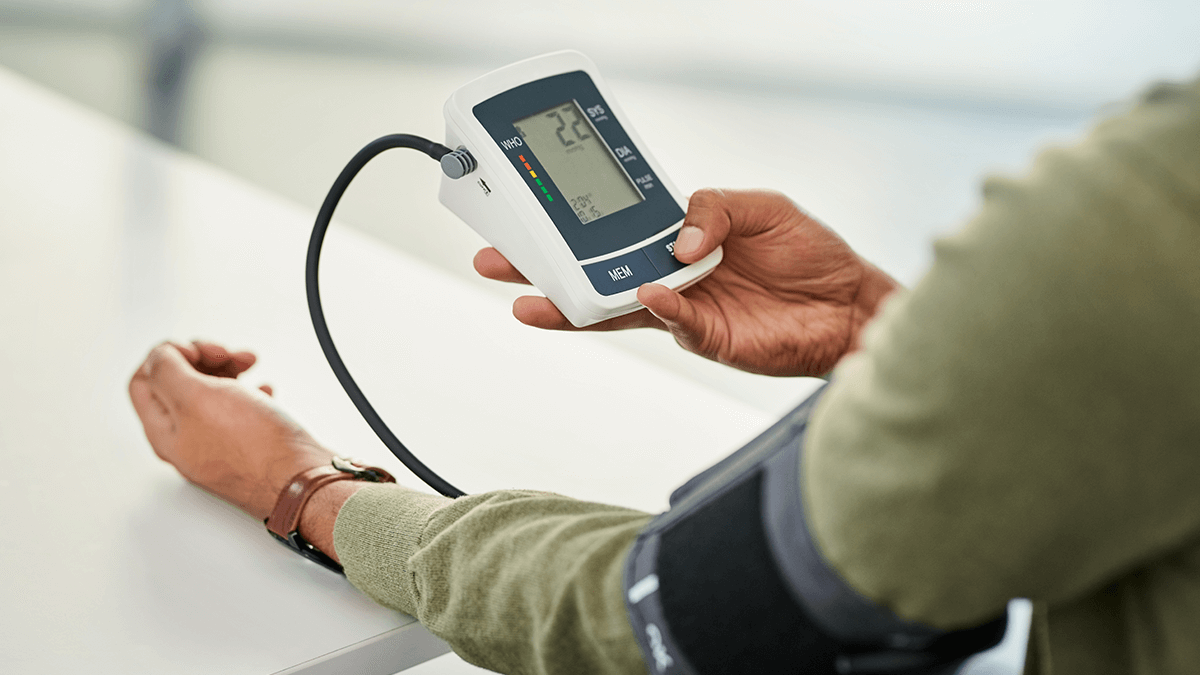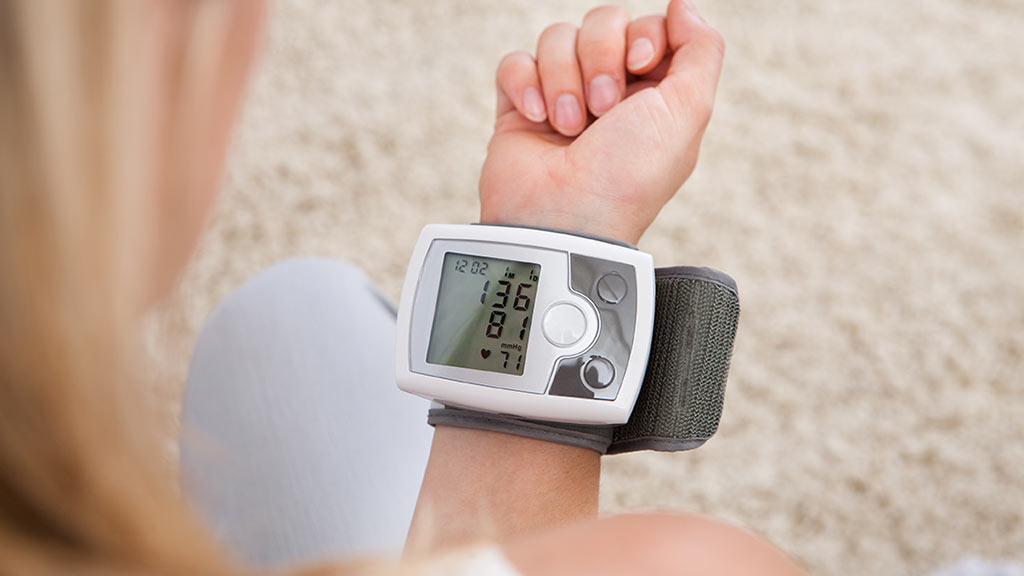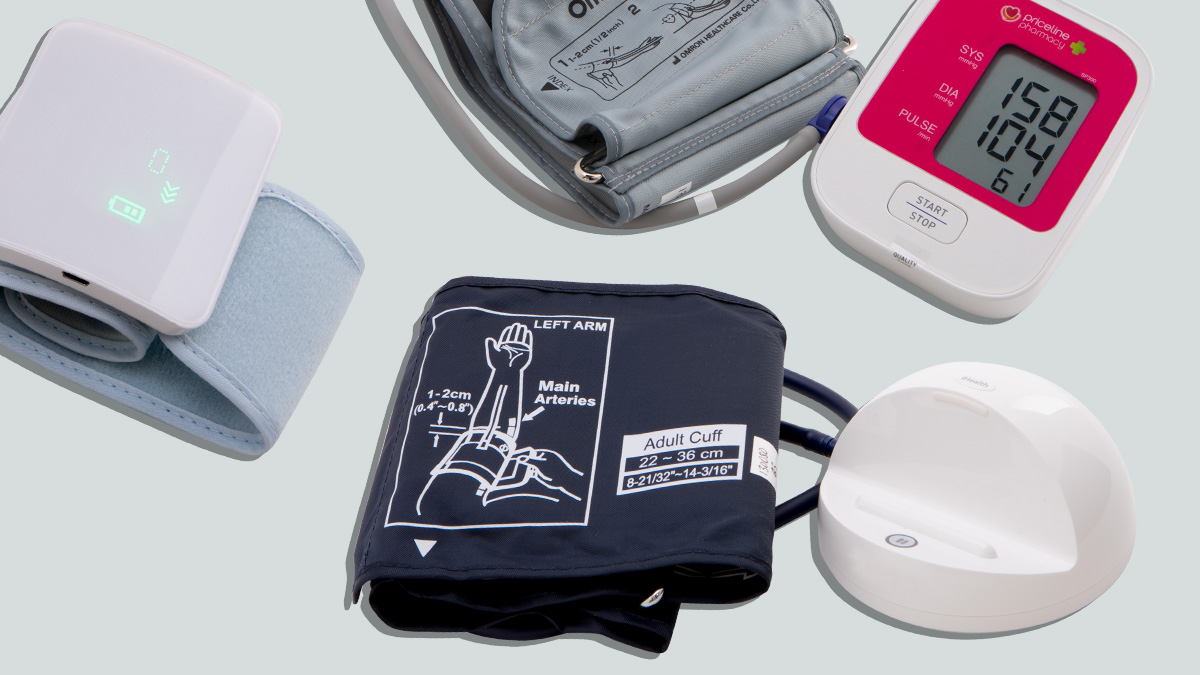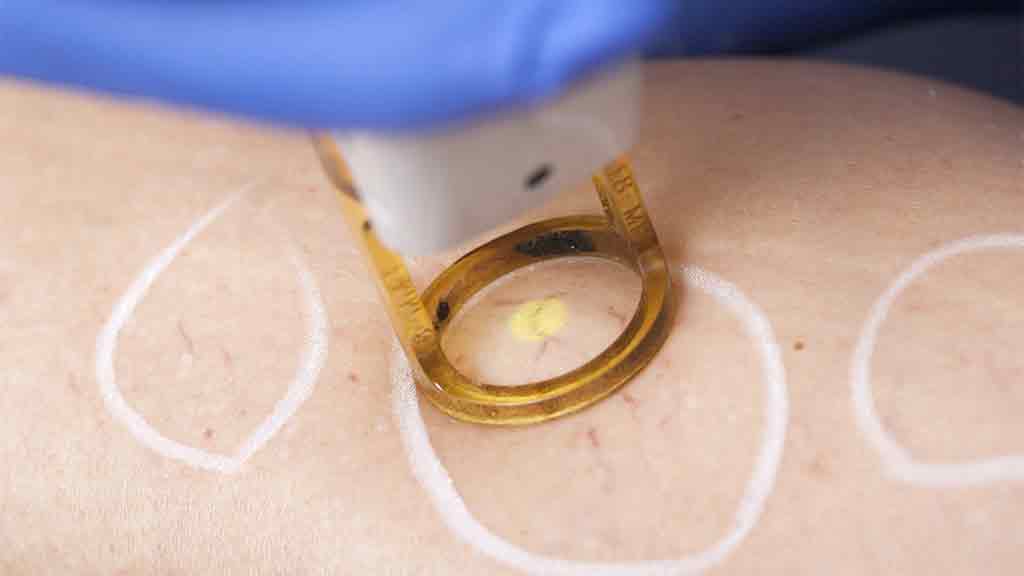Get our independent lab tests, expert reviews and honest advice.
Give your heart health a tick of approval
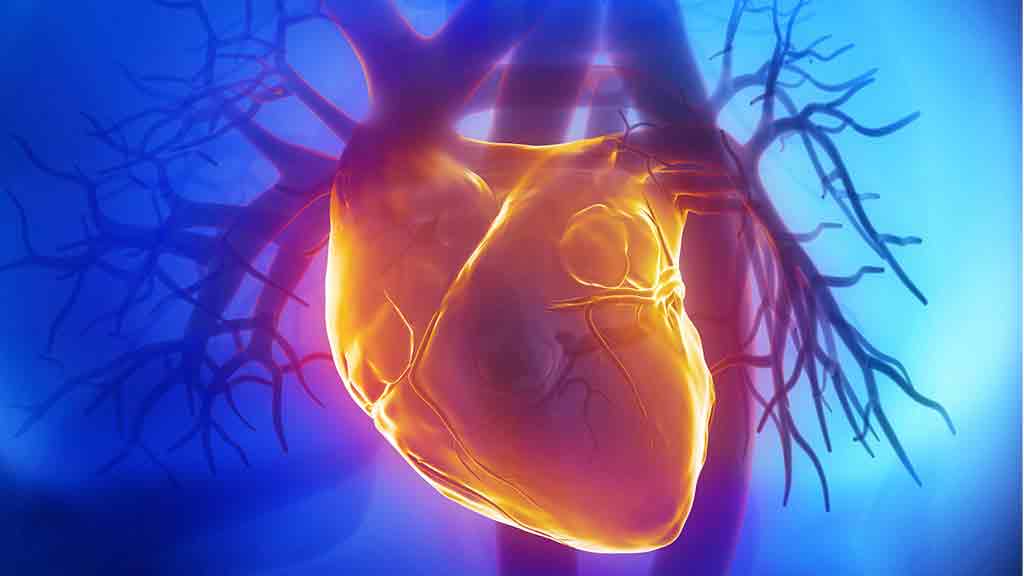
Around 1.4 million Australians are currently affected by cardiovascular disease (CVD), and heart attacks aren’t their only concern. CVD can also cause stroke, kidney disease, eye disease and circulatory problems – even dementia’s linked to the health of the tiny blood vessels in your brain.
Relative risk
Cardiovascular disease (CVD) management has traditionally focused on single risk factors, like high cholesterol or being overweight. This is known as a “relative risk” approach. On that scale, a relative risk of two means you’re twice as likely to develop CVD as someone without the same health problems.
Absolute risk
The “absolute risk” approach, introduced in the 1990s, recognises that several CVD risk factors when combined are greater than the sum of the individual parts. It takes a person’s age, gender, cholesterol levels, blood pressure, diabetes status and smoking habits into account, and applies these factors to cardiovascular risk charts.
This information can help you or your GP determine your absolute risk of a CVD event in the next five years. This risk is expressed as a percentage, for example a 20% chance of a CVD event in the next five years.
Assessing your risk
Use the Heart Foundation’s downloadable CVD chart (it needs to be printed in colour to be effective) to help assess your risk of developing CVD. Alternatively, you can use their interactive CVD risk calculator. In either case, you’ll need to know certain body numbers, including your:
- Blood pressure
- Total cholesterol
- HDL cholesterol, and
- Diabetes status, or recent blood glucose test results.
High risk?
If your five-year CVD event risk exceeds 15%, you’re in the high or very high risk category. You’ll need immediate intervention to reduce your risk of a CVD event.
Your GP can help you develop a cardiovascular health plan that may aim to modify two or three risk factors rather than just one, to get a better result faster.
If you’re over 45, ask your GP to give you an absolute CVD risk assessment as part of your regular health check.
It’s worth noting that the risk charts were developed from data collected by the Framingham Heart Study in the US.
They don’t take the following into account:
- Being overweight
- A lack of exercise, and
- Family history of heart disease.
But inactivity and being overweight have strong indirect influences on your result, because they affect cholesterol levels, blood pressure and risk for diabetes. Future research may well look at body fat percentage and tie it to your CVD five-year risk result.
Understanding your risk factors
Since 2009, the Heart Foundation has been educating GPs about CVD and absolute risk tools.
Risk factors outside your control include:
- Age
- Gender
- Family history of premature CVD
- Ethnicity, and
- Social status.
Family history means a first-degree relative (parent or sibling) has had a stroke or a heart attack, before 55 for men and 65 for women.
Factors you can actively manage include:
- High blood pressure
- Elevated cholesterol and blood lipids (fats)
- Smoking
- Diabetes
- Physical inactivity
- Being overweight
- Excessive use of alcohol, and
- Stress.
Blood pressure
Gone are the days when an estimate of ‘normal’ systolic blood pressure came from adding your age in years to 100.
These days everyone between 18 and 50 should record their blood pressure every two years, and your systolic (heart pumping) pressure should remain less than 120, while diastolic (heart relaxing) pressure should be less than 80. Any higher and you’ll require more frequent checks. You can buy a reasonably accurate, easy-to-use home blood pressure monitor from pharmacies or online for under $100, if you shop around.
Cholesterol levels
Cholesterol levels in the blood are affected by diet, genetics and exercise. Saturated animal fats and some cooking oils (palm oil used by some fast food chains) are major contributors to cholesterol build-up, so dietary changes can help manage your cholesterol.
How individuals handle dietary fats depends on their genetics, though, so the effect of lifestyle changes on cholesterol levels can sometimes be disappointing. Adopting the National Health and Medical Research Council’s (NHMRC) Dietary Guidelines, exercising vigorously and frequently, and maintaining a healthy weight will only reduce cholesterol by up to 30%.
Some very effective prescription medicines, such as statins, can lower blood lipids.
When your GP requests a blood lipid test from a laboratory, your results and a ‘normal’ range (which may differ slightly between laboratories) are both provided.
Aim for the following levels:
- Total triglycerides <2.0 mmol/L
- Total cholesterol < 4.0 mmol/L
- High density lipoprotein (HDL) >1.0 mmol/L
- Low density lipoprotein (LDL) < 2.0 mmol/L
- Total cholesterol/HDL ratio < 5.0 mmol/L
HDL is the “good” cholesterol, since it reduces CVD risk. LDL is the “bad” cholesterol as it lays down fat in blood vessel walls. The lower your LDL levels, the better.
Assessing your weight
You can assess your weight using body-mass index (BMI), waist circumference, or waist-to-hip ratio (WHR) measurement. The build-up of body fat in and around the abdomen rather than on your thighs and buttocks can be a better predictor of future CVD than BMI, so waist circumference or WHR may be more accurate.
The August 2006 edition of the American Journal of Clinical Nutrition asserts that if WHR was to be used instead of BMI, the number of people considered to be at risk of CVD would triple.
| CVD Risk | Men | Women |
|---|---|---|
| Low risk | < 0.96 | < 0.81 |
| Moderate risk | 0.96–1.0 | 0.81–0.85 |
| High risk | > 1.0 | > 0.85 |
A simpler measure is waist circumference (WC) alone
For men, a WC over 94cm is associated with greater risk of chronic diseases including CVD, and a WC over 102cm suggests a greatly increased risk.
For women, a WC over 80cm indicates a greater risk, and over 88cm indicates a greatly increased risk.
Create a cardiovascular action plan
If you fit into a CVD risk category, it’s important to establish a cardiovascular action plan so you can manage particular factors and reduce your overall risk.
Setting goals and applying some of the following techniques can help maintain motivation.
- Blood lipid (cholesterol) monitoring – use diet, and medication if necessary, to lower your cholesterol.
- Blood pressure monitoring – use exercise, diet (including reduced salt intake) and medication if necessary, to lower your blood pressure.
- Diabetes screening for hidden early diabetes – good diet, exercise and weight control can keep type 2 diabetes at bay.
- Stop smoking – ask your GP for help, which may include medication, or call the Quitline on 13 78 48.
- Absolute CVD risk assessment – assess the combined impact of the above four factors with your GP. This applies to people aged 45 to 74, without a known history of CVD. For low risk (less than 10% risk of a CVD event in the next five years), recheck every two years. For moderate risk (10% to 15% risk of a CVD event in the next five years), review every six to 12 months. For high or very high risk (over 15%), review according to clinical requirements.
- Weight control – even if weight loss is difficult for you, regular physical activity can still provide real health benefits for overweight people.
- Regular exercise – ideally, you should do 30 minutes on most days with enough intensity to make you ‘huff and puff’.
- Family history assessment – medication may be suggested even if other risk factors are okay.
- The ‘stress factor’ – this should figure in any life decisions you make. High stress levels have been linked to increased risk of both heart attack and stroke.
Case study – get a second and third opinion
As an experienced nurse, Kathryn is aware of the importance of family history in indicating disease risk. Her father had a heart attack at 42 and a fatal heart attack at 58. On family history alone, Kathryn is considered at ‘very high risk’ of CVD.
Kathryn knew that she should aim for very low LDL cholesterol, and that cholesterol-lowering statins could be beneficial as a preventative action. She knew the risks associated with their use were low if liver function was not affected. Kathryn also knew she was eligible for the PBS subsidy immediately, without attempts at ‘diet therapy’ to reduce cholesterol levels.
She asked two GPs for a prescription without success, because her cholesterol levels were “reasonable”, and they “could not find the entitlements information”. She then downloaded the PBS prescribing guidelines and visited a third GP who gave her the prescription immediately.
Jargon buster
- Cardiovascular disease (CVD) refers collectively to CHD, stroke, and arterial disease in other parts of the body such as peripheral arterial disease and renovascular (kidney) disease.
- Atherosclerosis is sometimes used as an alternative term to CVD. It’s a more descriptive name, alluding to the thickening and hardening of the blood vessel walls, which causes CVD.
- Vascular refers to blood vessels.
- Coronary heart disease (CHD) is the full name for heart disease.
- CVD event includes angina (heart pain), a heart attack (damage to the heart caused by a blocked heart artery), stroke, peripheral vascular disease or CVD-related death.
- Stroke refers to the blockage or bursting of an artery taking blood to the brain.
- Transient ischaemic attack (TIA) is a minor stroke with temporary symptoms.
- Pharmaceutical Benefits Scheme (PBS) is the Federal Government program that determines the eligibility guidelines for government-subsidised medication.
- Body Mass Index (BMI) is a person’s weight divided by height squared (kg/m²). An index of <18.5 is underweight, 18.5 to <24.9 is ideal, 25 to <29.9 is overweight and >30 is obese .
- Waist circumference of 94cm-101cm in men and 80cm-87cm in women at belly button level, represents overweight, and above 101cm and 87cm, respectively, is a measure of obesity.
- Waist-to-hip ratio (WHR) gives a measure of central or abdominal fat relative to peripheral fat. The waist is measured at belly button level and the hips at maximum circumference.
First aid: identifying a stroke
Know the symptoms and limit damage. Use the FAST test:
- Facial weakness – can the person still smile? Has their mouth or an eye dropped?
- Arm weakness – can the person raise both arms?
- Speech – can the person speak clearly and logically and understand what you say?
- Time to act – call 000.

